space requirement
100 mm – per single layer Blind. This takes care of installation space and space for movement and roll-buildup.

100 mm – per single layer Blind. This takes care of installation space and space for movement and roll-buildup.

2500 to 3000 mm depending on the width and structure of fabric.

Recess or Inside mounted blinds are installed within the window jamb and provide a clean, custom look. This is a good option if you do not wish to cover the window frame.
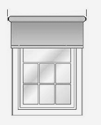
Overlap or Outside mounted blinds are installed on your all or moulding surrounding the window and can make a window appear larger. It is also a solution when the window is not deep enough for an inside mount.
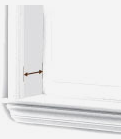
Recess mount requires a minimum mounting depth within your frame. If your frame isn’t deep enough for the style you’ve chosen, use Outside Mount.s
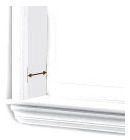
Obstacles such as window handles, grills or railings can interfere with the operation of your inside mount. Therefore, consider Overlap Mount.
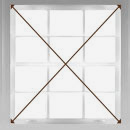
For Recess Mount your window should be square, if not, your treatment will not hang or operate properly. Check for squareness by measuring diagonally in both directions. If measurements differ by more than ½”, consider Overlap Mount.
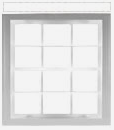
Overlap Mount requires a minimum mounting surface above your window or on the window frame for installation brackets. Each product type has a recommended amount of overlap on each side of the window to allow for best coverage and privacy. See individual measure instructions for recommended overlap.
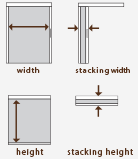
See individual measure instructions for Product Stacking Height or Width to determine the area your window treatment will cover when fully open.
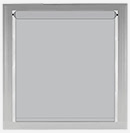
A small deduction in width and/or length is taken by the factory to allow for proper operating clearance when mounting recess. This causes a small gap on each side of the window covering affecting the blind or shade’s ability to darken a room. Shades with a continuous loop control will have a larger gap on the control side. For optimal light control, Overlap mount is recommended or you may add a secondary window treatment such as draperies to hide the light gap.
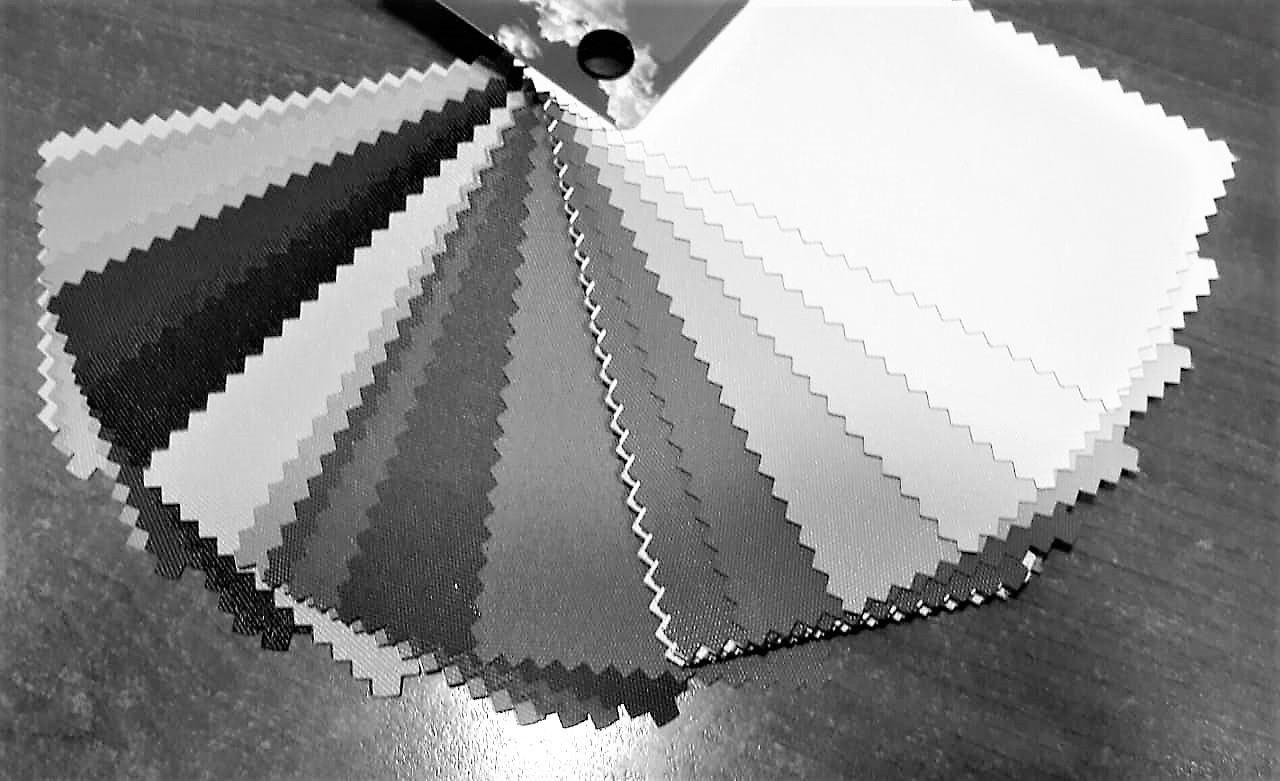
Blind fabrics come in various colors and design with varying opacity and openness factor to suit your requirement for glare, light, visibility and privacy control. Fabrics are generally classified as Sheer, Screen, Translucent, Room-darkening and Blackout fabrics. We will guide you to help decide to your requirement
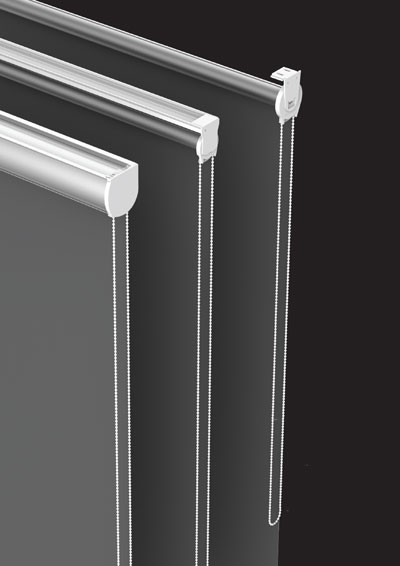
All blinds can be operated by a Motor or Manually with help of Bead Chain/Pull Cord.
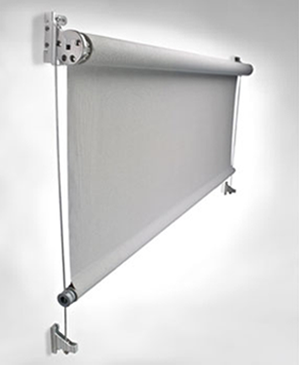
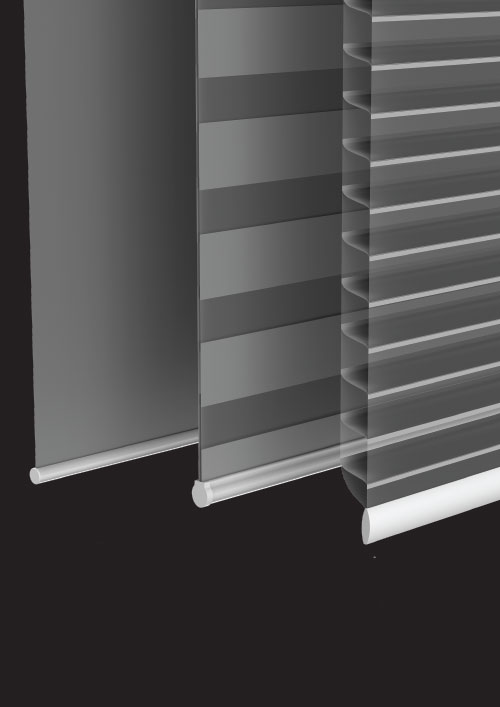
Available in round or flat shape in many colors and finishes
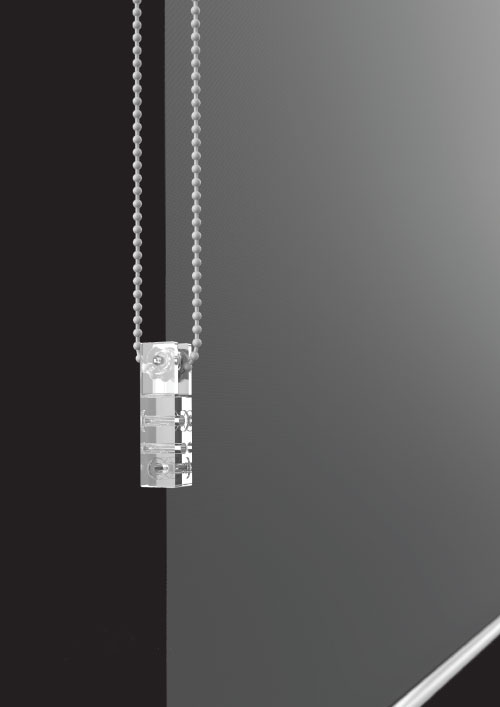
Available in Plastic in colors white, brown or black; Metal in color Nickel Chrome or Antique Bronze
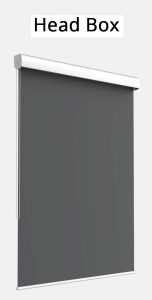
Blinds can be fitted in the ceiling cutout, with pelmet, with headrail or with Headbox in various finishes and colours.
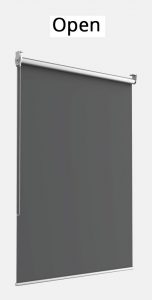
WhatsApp us